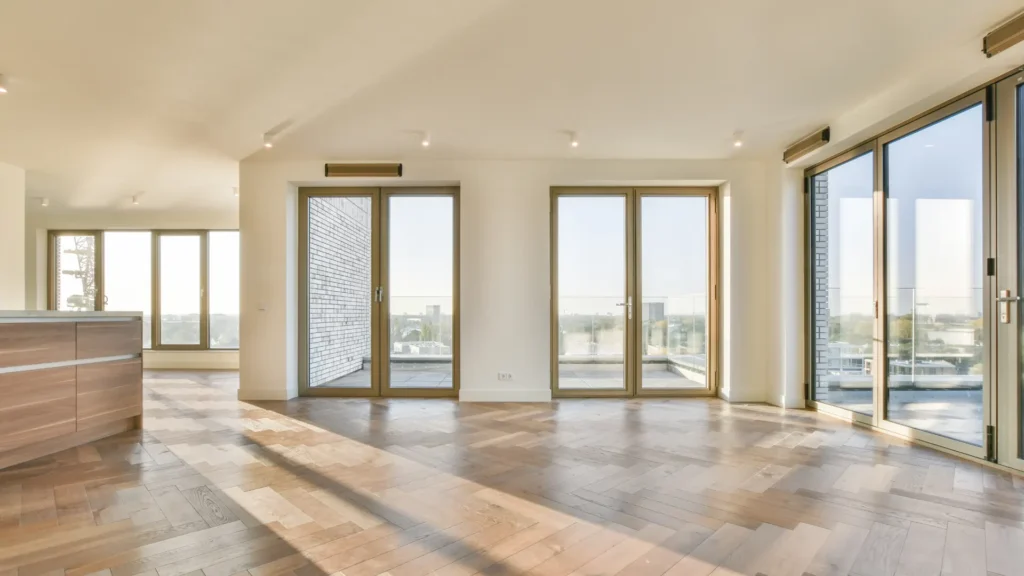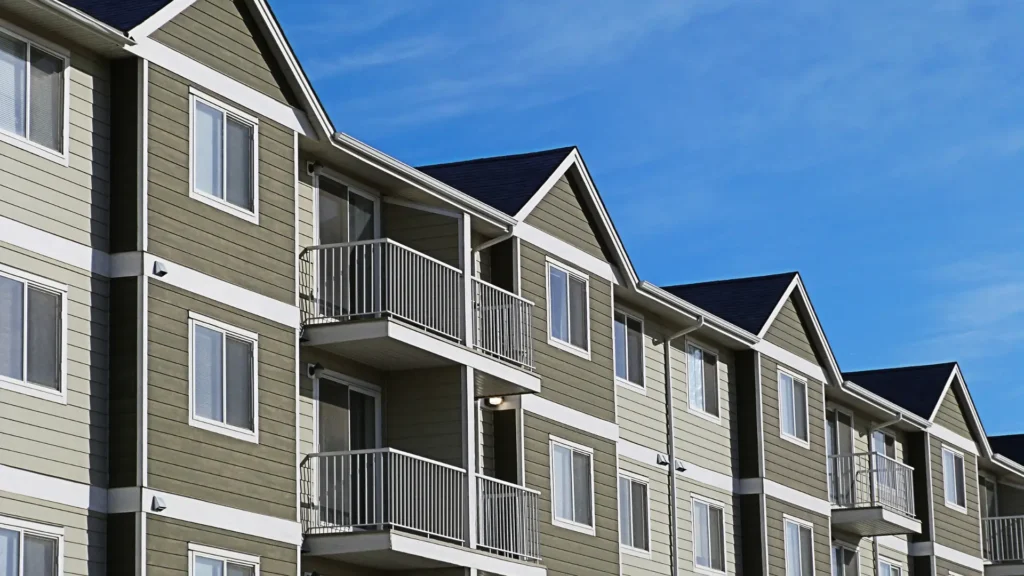HUD’s new NSPIRE standards are reshaping how affordable housing inspections are conducted nationwide. For property managers and owners, it’s not just another acronym — it’s a complete redefinition of how compliance, safety, and accountability are measured.
At NSPIRE Experts, we help property teams navigate these new requirements so they can stay inspection-ready, protect funding, and provide safer homes.

What Is NSPIRE and Why It Matters
NSPIRE stands for National Standards for the Physical Inspection of Real Estate — HUD’s modernized inspection system that replaces both HQS and UPCS.
The goal: make inspections clearer, fairer, and focused on what truly matters — resident health, safety, and property functionality.
Unlike previous systems that emphasized appearance, NSPIRE zeroes in on life-safety and operational performance. Every property under HUD programs — public housing, multifamily, or voucher-based — must now meet these unified criteria.
Learn more directly from HUD NSPIRE standards or talk with our HUD compliance experts to ensure you’re ready.

NSPIRE vs. REAC and HQS – What’s Changed
One Unified Standard
The old HQS and UPCS models varied across programs. NSPIRE replaces them with one national framework, making inspection results consistent and transparent for all housing types.
Safety Over Aesthetics
Gone are the days when minor cosmetic issues could cost points. Now, true hazards take center stage — fire safety, structural integrity, sanitation, and ventilation. HUD calls this a “back-to-basics” approach focused on livability and well-being.
Read more from NSPIRE inspection updates.
Simplified Inspectable Areas
Properties are now divided into just three areas: Unit, Inside, and Outside. Each category includes clear definitions and checklists to simplify evaluations.
Defined Deficiency Categories
Deficiencies are rated by severity — Life-Threatening, Severe, Moderate, or Low — each with its own correction timeline.
See full breakdowns at deficiency categories.

How NSPIRE Scoring Works
The 100-Point Scale
Properties begin with 100 points. Deductions are weighted by severity and location.
Scores below 60 fail; below 30 trigger HUD enforcement actions. See official details in the HUD scoring methodology.
Unit Conditions Matter Most
Under NSPIRE, units carry the greatest weight — far more than shared areas or grounds. A single unit with severe issues can cause a property to fail overall. That’s why ongoing inspections and documentation are crucial.
Annual Self-Inspections
All owners and PHAs must now inspect 100% of units annually, documenting conditions and repairs.
Use our pre-inspection checklist to simplify and standardize this process across your properties.

NSPIRE Timelines, Deadlines, and Enforcement
Strict Repair Requirements for NSPIRE Inspections
Every deficiency now comes with a deadline:
- 24 hours – Life-threatening hazards (gas leaks, no heat, blocked exits)
- 30 days – Severe or moderate repairs
- 60 days – Low-risk maintenance items
Missed deadlines can mean funding delays or abatement.
For more detail, see HUD inspection penalties.
What Happens If You Fail an NSPIRE Inspetion
If your property scores below 60, HUD schedules a reinspection. A score under 30 can trigger subsidy suspension, fines, or compliance enforcement. PHAs risk “troubled” status under PHAS scoring, affecting funding eligibility.
Appeals and Verification
HUD allows appeals (Technical Reviews and Database Adjustments) within 45 days to correct factual errors.
Learn about your options in the appeals process.

Best Practices for NSPIRE Compliance
Conduct Regular NSPIRE Self-Inspections
Perform mock inspections at least quarterly using NSPIRE guidelines. Keep detailed records — photos, logs, and completion dates — to prove readiness year-round.
Our apartment renovation services can help correct recurring inspection deficiencies efficiently.
Train Your Maintenance Teams
Your team is your first line of defense. Make sure every technician understands HUD’s definitions, timelines, and documentation rules. Access NSPIRE training resources to build internal capacity.
Engage Tenants in the Process
NSPIRE allows HUD inspectors to select resident-suggested units for review. Encourage tenants to report maintenance issues early and document resolutions transparently.
Use HUD’s Official NSPIRE Toolkit
HUD’s NSPIRE inspection toolkit provides practical job aids for property managers. Following HUD’s own checklists ensures alignment with their scoring process.
How NSPIRE Impacts Owners, Managers, and Investors
For Housing Authorities
Authorities must now integrate metrics into daily operations. Regular internal inspections and data tracking are key to maintaining PHAS scores and funding stability.
For Property Managers
Managers must treat compliance as a continuous routine. Even one neglected unit can lower the entire property’s score. Regular maintenance and detailed documentation protect both tenants and funding.
For Investors
Consistent performance enhances asset value and stability, especially in LIHTC or RAD portfolios. Strong inspection histories can even improve lending and refinancing opportunities.

Building a Culture of Continuous Compliance
NSPIRE represents a cultural shift in affordable housing — from reactive inspections to continuous compliance. Properties that prepare year-round don’t just pass inspections; they build safer, more resilient communities.
By understanding the standards, documenting every fix, and investing in proactive maintenance, owners and managers can eliminate last-minute surprises and secure long-term funding.
Ready to take the next step?
Schedule a FREE Consultation with our experts today — and keep your properties safe, compliant, and inspection-ready all year long.
